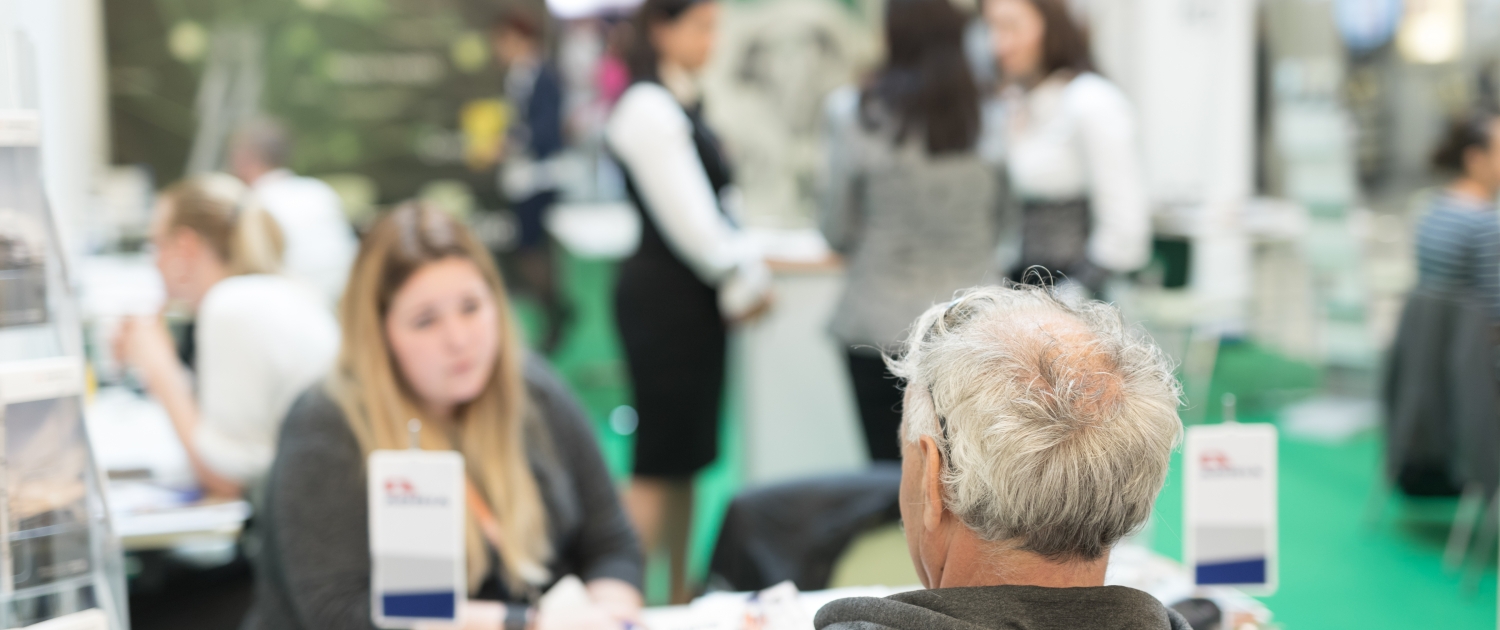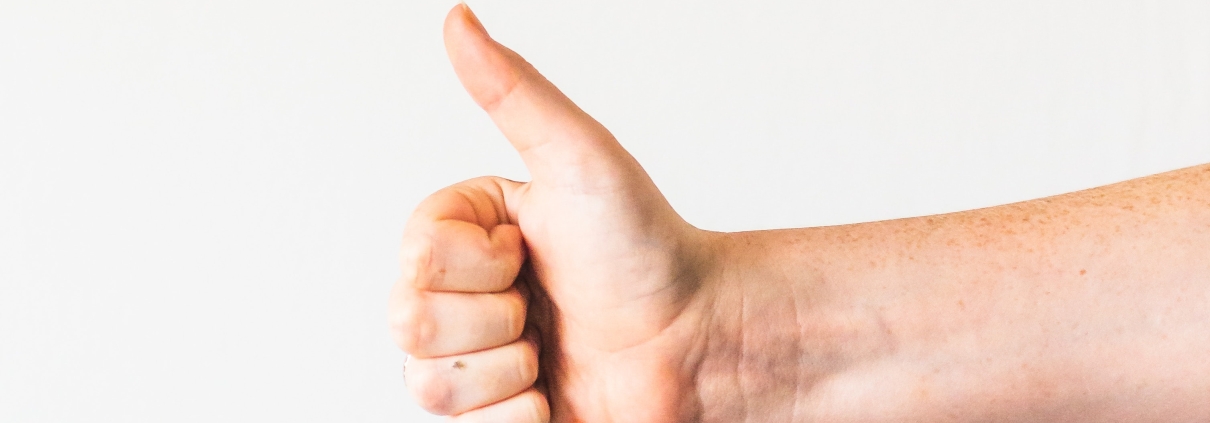
In the fiercely competitive world of trucking, it’s the drivers who hold all the cards. They have the luxury of choosing between various carriers, weighing up pay, benefits, and home time. And when it comes to getting that next paycheck, they want to be hired fast. The carrier that can convert prospects to drivers the quickest holds a distinct advantage. Enter lead velocity – the measure of how swiftly you can turn applicants into new drivers. With so many carriers vying over a limited pool of drivers, you don’t want to lose out to the competition simply because they moved faster than you. Here are three expert tips to help you turbocharge your hiring process.
Tip 1: Prioritize Your Efforts on the Cream of the Crop
As a trucking recruiter, you’re constantly inundated with prospects. However, only a small percentage of them will ultimately convert into drivers for your fleet. It’s crucial to focus your efforts on the cream of the crop and avoid wasting precious time on unqualified candidates. Don’t risk losing the best drivers to other carriers because you’re bogged down with unproductive work. Prioritize your limited time and energy on the top prospects by using automated methods like landing pages and ranking systems to help you identify the most promising candidates.
Maximize your lead-to-hire potential by utilizing landing pages and automated methods to screen top candidates efficiently. Lead ranking is a must-have tool to ensure that you focus on the cream of the crop and avoid losing top talent to competitors. Don’t waste precious time on unproductive leads that won’t convert to drivers – prioritize your energies on the most promising candidates.
Tip 2: Automate the Process
Streamline your hiring process by automating paperwork, including DOT applications, release forms, I-9, W2, and other new-hire forms. Instead of wasting hours filling out paperwork, drivers can complete them in just 20-30 minutes with electronic forms that are easily accessible on the go. Make sure to choose mobile-friendly forms to avoid losing potential hires due to technical difficulties. By automating the less glamorous parts of the hiring process, you can focus on building personal relationships with drivers during orientation. If you automate certain steps, it frees up that time to spend one-on-one with the drivers during orientation. Take advantage of the face-time with drivers to build relationships in-person, instead of asking them to complete forms that take an hour.
Tip 3: Lead Efficient Orientations
One of the reasons the lead to hire process may take too long for drivers is because of long or delayed orientations. Of course, it’s risky to just breeze through orientation. That time is crucial for onboarding as drivers need to be welcomed to the organization, learn about the culture, meet their dispatchers, and learn more about the company. One trick to getting around this is to offer more frequent orientations so that the soonest one beats out other carriers.
Make sure to offer orientation a few times a week to meet the schedule needs of your new hires
Offer flexibility with orientation schedules to accommodate the needs of your incoming drivers. To save time, consider moving some training items to an online learning system, allowing drivers to complete some learning materials from the comfort of their own homes. By automating these less exciting parts of orientations, you can maximize the value of in-person interactions and make the orientation process shorter. This approach ensures that drivers receive the necessary onboarding while minimizing the time they spend on paperwork.



 On average, team drivers are more experienced drivers and seasoned negotiators than most solo drivers, so recruiting them to your organization may take a bit more than what you’re used to as a recruiter. If you’re a recruiter who’s recently been tasked with hiring team drivers, here are 4 tips that can help you along the way.
On average, team drivers are more experienced drivers and seasoned negotiators than most solo drivers, so recruiting them to your organization may take a bit more than what you’re used to as a recruiter. If you’re a recruiter who’s recently been tasked with hiring team drivers, here are 4 tips that can help you along the way.  Team drivers on average make more than their solo counterparts. If your carrier is serious about hiring qualified team drivers, you’ll most likely have to up their pay from what you’d give a solo driver.
Team drivers on average make more than their solo counterparts. If your carrier is serious about hiring qualified team drivers, you’ll most likely have to up their pay from what you’d give a solo driver.  Many established team drivers are couples. This makes sense, since if you had to choose to live in a confined space with anyone for days, maybe weeks at a time, it would probably be your significant other.
Many established team drivers are couples. This makes sense, since if you had to choose to live in a confined space with anyone for days, maybe weeks at a time, it would probably be your significant other. 
 We talked to CDL Driver, Angela who hauls with her husband Larry and she told us that the thing he likes the least about team driving is not being able to get a good night’s sleep while the truck is moving. This is a common complaint for a lot of team drivers. In fact, it’s not just issues sleeping, it’s an issue of comfort overall.
We talked to CDL Driver, Angela who hauls with her husband Larry and she told us that the thing he likes the least about team driving is not being able to get a good night’s sleep while the truck is moving. This is a common complaint for a lot of team drivers. In fact, it’s not just issues sleeping, it’s an issue of comfort overall.  We’ve talked before about the power of driver testimonials in the trucking industry. While they’re great for recruiting solo drivers, they’re even better for hiring team drivers.
We’ve talked before about the power of driver testimonials in the trucking industry. While they’re great for recruiting solo drivers, they’re even better for hiring team drivers.  Comprehensive CDL Recruitment Solutions
Comprehensive CDL Recruitment Solutions

 When speaking with driver candidates, be sure you’re an expert on your company and the particulars of the job. Know what the day-to-day will look like and give honest answers. Don’t sugarcoat things if you know that your company might not have the world’s best benefits or if the pay might not be at the top of the scale.
When speaking with driver candidates, be sure you’re an expert on your company and the particulars of the job. Know what the day-to-day will look like and give honest answers. Don’t sugarcoat things if you know that your company might not have the world’s best benefits or if the pay might not be at the top of the scale.  This may sound obvious, but you’d be surprised how many recruiting departments lack a cohesive plan for how to bring drivers into their organization. While each hiring plan will vary from carrier to carrier, all of them should have two things in common. They should be measurable and repeatable.
This may sound obvious, but you’d be surprised how many recruiting departments lack a cohesive plan for how to bring drivers into their organization. While each hiring plan will vary from carrier to carrier, all of them should have two things in common. They should be measurable and repeatable. If one of your biggest issues as a recruiter is that drivers are slipping through the cracks, or you don’t have the time to reach out to all the qualified drivers you can, then automation is the answer.
If one of your biggest issues as a recruiter is that drivers are slipping through the cracks, or you don’t have the time to reach out to all the qualified drivers you can, then automation is the answer. 
 1. Hiring Drivers
1. Hiring Drivers
 Just as you are sacrificing time to attend these events, so are drivers. It’s fair to say, most drivers have reduced availability to attend events like these, as they are often on the road with limited hours.
Just as you are sacrificing time to attend these events, so are drivers. It’s fair to say, most drivers have reduced availability to attend events like these, as they are often on the road with limited hours. Megan Andrews is a Customer Success Manager at Drive My Way. She worked for a National Recruiting Agency prior to joining the Drive My Way Team in early 2021. During her time with her previous employer, she worked with small mom and pop companies up to Fortune 500 companies to find the best talent across all industries.
Megan Andrews is a Customer Success Manager at Drive My Way. She worked for a National Recruiting Agency prior to joining the Drive My Way Team in early 2021. During her time with her previous employer, she worked with small mom and pop companies up to Fortune 500 companies to find the best talent across all industries.  Almost every carrier has some sort of Facebook presence by now. Whether that Facebook presence is actively helping you reach drivers is the bigger question.
Almost every carrier has some sort of Facebook presence by now. Whether that Facebook presence is actively helping you reach drivers is the bigger question.  For the vast majority of the American workforce, their workday is fixed. Once their shift is over, they’re able to go home and spend their free time with their family and friends and sleep in their own bed.
For the vast majority of the American workforce, their workday is fixed. Once their shift is over, they’re able to go home and spend their free time with their family and friends and sleep in their own bed.  For any carrier that is serious about not only recruiting, but retaining top talent, making a concerted effort to offer their drivers a quality work life balance is a must. This means not only offering a blanket home time policy but being flexible with the individual needs of your drivers.
For any carrier that is serious about not only recruiting, but retaining top talent, making a concerted effort to offer their drivers a quality work life balance is a must. This means not only offering a blanket home time policy but being flexible with the individual needs of your drivers.  “We pride ourselves on planning to have our regional drivers home every weekend, as is promised during the recruitment process. As a company, this is very important to us because our owner was a driver himself and understands how vital home time is for our drivers. Additionally, we do our absolute best to tailor home time to the needs of each specific driver, whether it be more/less home time, or being home on certain days of the week.”
“We pride ourselves on planning to have our regional drivers home every weekend, as is promised during the recruitment process. As a company, this is very important to us because our owner was a driver himself and understands how vital home time is for our drivers. Additionally, we do our absolute best to tailor home time to the needs of each specific driver, whether it be more/less home time, or being home on certain days of the week.”  “Our driver managers are trained to understand the importance of work and home life balance. We have programs in place to assure that our drivers get the home time they need. Driver satisfaction has always been important at ARD Trucking since the very beginning. We make home time one of our top priorities.”
“Our driver managers are trained to understand the importance of work and home life balance. We have programs in place to assure that our drivers get the home time they need. Driver satisfaction has always been important at ARD Trucking since the very beginning. We make home time one of our top priorities.” No matter how good of a home time policy you have, OTR and Regional drivers still spend a lot of time away from home. A good way to make drivers feel more comfortable on the road is to let them bring a little piece of home with them, whether that’s by offering a Rider/Pet policy, or upgrading your
No matter how good of a home time policy you have, OTR and Regional drivers still spend a lot of time away from home. A good way to make drivers feel more comfortable on the road is to let them bring a little piece of home with them, whether that’s by offering a Rider/Pet policy, or upgrading your  Giving drivers a quality work life balance is extremely important, but it’s only one piece of the driver
Giving drivers a quality work life balance is extremely important, but it’s only one piece of the driver 
 “The holiday season, also known as peak season, is typically our busiest time of year. From Thanksgiving through New Year’s, our dedicated lanes usually double or triple in volume and frequency. We find ourselves doing multiple runs to the same locations per day to keep up with the extra freight that is being shipped. We also take on some new pickups/lanes that are seasonal only.”
“The holiday season, also known as peak season, is typically our busiest time of year. From Thanksgiving through New Year’s, our dedicated lanes usually double or triple in volume and frequency. We find ourselves doing multiple runs to the same locations per day to keep up with the extra freight that is being shipped. We also take on some new pickups/lanes that are seasonal only.” For the better part of ten years, the trucking industry has been faced with what’s commonly been called a “truck driver shortage”. The thought is that there’s simply not enough drivers to fill the open positions that trucking companies have.
For the better part of ten years, the trucking industry has been faced with what’s commonly been called a “truck driver shortage”. The thought is that there’s simply not enough drivers to fill the open positions that trucking companies have. 
 A common misconception is that truck drivers, like a lot of other workers in our country, don’t want to work anymore and are exiting the industry. The fact is that there are many drivers who do want to work. They just have more options for where they can work and won’t hesitate to make a move if they find a carrier that’s offering better pay, a better work environment, and better home time
A common misconception is that truck drivers, like a lot of other workers in our country, don’t want to work anymore and are exiting the industry. The fact is that there are many drivers who do want to work. They just have more options for where they can work and won’t hesitate to make a move if they find a carrier that’s offering better pay, a better work environment, and better home time Since the problem isn’t a shortage of drivers, but a problem of retaining drivers, the solution is simple; make working conditions better for truck drivers. If you look at any data around truck driver happiness, you’ll see that there’s a laundry list of issues that frustrate drivers.
Since the problem isn’t a shortage of drivers, but a problem of retaining drivers, the solution is simple; make working conditions better for truck drivers. If you look at any data around truck driver happiness, you’ll see that there’s a laundry list of issues that frustrate drivers.  Recruiters should focus on what they can control. This includes
Recruiters should focus on what they can control. This includes  Referring to the problem that the trucking industry is facing as a shortage of truck drivers shifts the blame off of carriers and onto truck drivers. Instead of focusing on improving the conditions that drivers are faced with, (low pay, sparse home time, demanding deadlines) calling it a shortage simply writes off the issue as “truck drivers are too picky and don’t want to work.”
Referring to the problem that the trucking industry is facing as a shortage of truck drivers shifts the blame off of carriers and onto truck drivers. Instead of focusing on improving the conditions that drivers are faced with, (low pay, sparse home time, demanding deadlines) calling it a shortage simply writes off the issue as “truck drivers are too picky and don’t want to work.”
 The number one reason that truck drivers end up declining a job is because they’ve already accepted a different offer that reached them first. This is why quickly moving your candidates through the recruiting pipeline is so important.
The number one reason that truck drivers end up declining a job is because they’ve already accepted a different offer that reached them first. This is why quickly moving your candidates through the recruiting pipeline is so important. Time isn’t the only way to measure efficiency in recruiting. Cost per hire or CPH is an essential metric that measures how
Time isn’t the only way to measure efficiency in recruiting. Cost per hire or CPH is an essential metric that measures how  Gone are the days of putting up some flyers and placing your job ad in the newspaper. Digital is king now, with most interested drivers coming from Google searches,
Gone are the days of putting up some flyers and placing your job ad in the newspaper. Digital is king now, with most interested drivers coming from Google searches,  The above metrics take into account truck driver recruiting efforts before the job starts. But those aren’t the only ones you should be looking at. Connecting recruiting efforts with the quality of your hires and their first-year job performance can help you see if your recruiting team is going after the right candidates.
The above metrics take into account truck driver recruiting efforts before the job starts. But those aren’t the only ones you should be looking at. Connecting recruiting efforts with the quality of your hires and their first-year job performance can help you see if your recruiting team is going after the right candidates.  Measuring driver satisfaction is one of the secrets to measuring recruiting success and maximizing driver retention. Drivers and fleets are both looking for a strong match. If drivers aren’t happy with their carrier, it’s only a matter of time before they start looking elsewhere. Given the current state of the trucking industry, your fleet can’t afford to lose a driver after already spending resources on hiring and onboarding.
Measuring driver satisfaction is one of the secrets to measuring recruiting success and maximizing driver retention. Drivers and fleets are both looking for a strong match. If drivers aren’t happy with their carrier, it’s only a matter of time before they start looking elsewhere. Given the current state of the trucking industry, your fleet can’t afford to lose a driver after already spending resources on hiring and onboarding.  While the trucking industry has been dealing with retention issues for years, the greater workforce is now feeling the sting of it as well. In what’s been dubbed the “Great Resignation”, employees in a number of industries are
While the trucking industry has been dealing with retention issues for years, the greater workforce is now feeling the sting of it as well. In what’s been dubbed the “Great Resignation”, employees in a number of industries are  Custom Commodities Transport Partners with Drive My Way for Success
Custom Commodities Transport Partners with Drive My Way for Success

